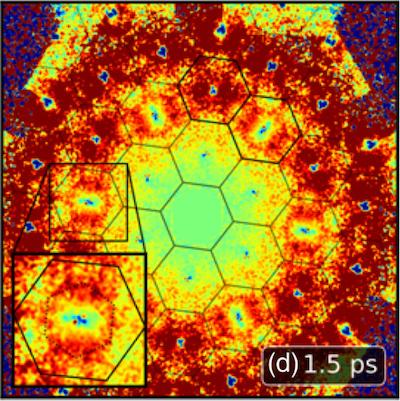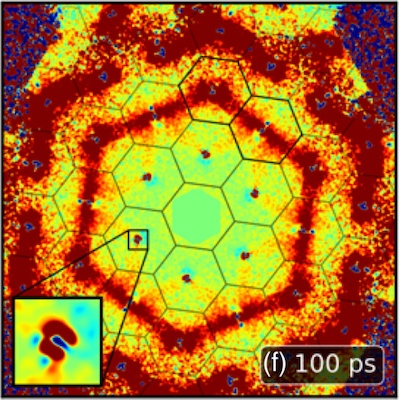Ultrafast Electron Diffraction Tools for Researchers Like You
Designed by Scientists. Engineered for Discovery.
At e-Ray Scientific, we empower researchers with table-top, high-performance Ultrafast Electron Diffraction (UED) systems. Designed by scientists with decades of hands-on experience, our accessible, lab-scale instruments bring femtosecond structural dynamics within reach — no large-scale facilities required
Company Profile
From Lab Innovation to Commercial UED Systems
e-Ray Scientific Inc. is a Canadian instrumentation company specializing in Ultrafast Electron Diffraction (UED) systems and beamline components for physics, materials science, chemistry, and structural biology. Founded by physicists and chemists with deep academic roots, e-Ray bridges the gap between pioneering laboratory prototypes and robust, user-friendly commercial platforms. Our table-top, high-resolution UED systems are engineered for the rigorous demands of time-resolved experiments — enabling scientists to probe molecular dynamics at femtosecond and picometer scales. We proudly support both academic and industrial clients at the frontiers of imaging and ultrafast science.
Meet the Founders
The researchers behind e-Ray Scientific’s UED innovation
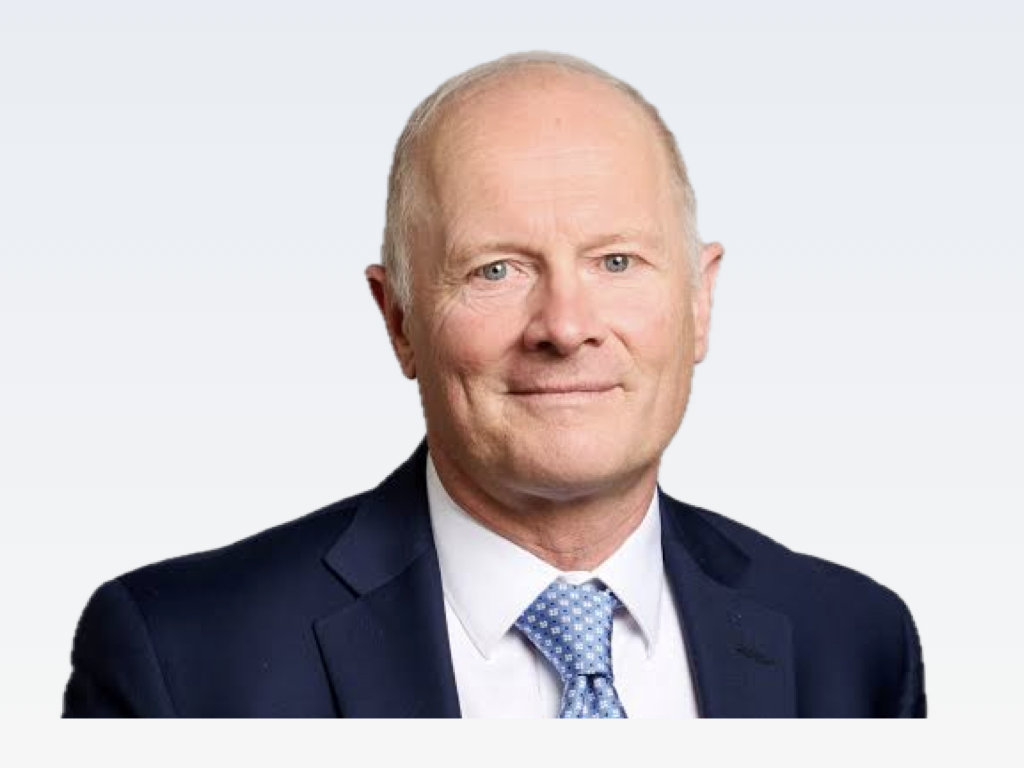
Prof. R. J. Dwayne Miller, Ph.D.
Dr. R. J. Dwayne Miller is a world-renowned pioneer in Ultrafast Electron Diffraction (UED) and a foundational figure in the broader field of ultrafast science. His groundbreaking research has enabled the direct observation of atomic motions in real time, fundamentally reshaping our understanding of chemical and material dynamics. Dr. Miller is a professor at the University of Toronto and was the co-founding director of the Max Planck Institute for the Structure and Dynamics of Matter in Hamburg, Germany — one of Europe’s most prestigious scientific appointments. A key opinion leader (KOL) and early innovator of tabletop UED systems, Dr. Miller’s vision continues to guide e-Ray Scientific’s mission to make this transformative technology accessible to researchers around the world.
👉 Visit his academic research page to learn more.
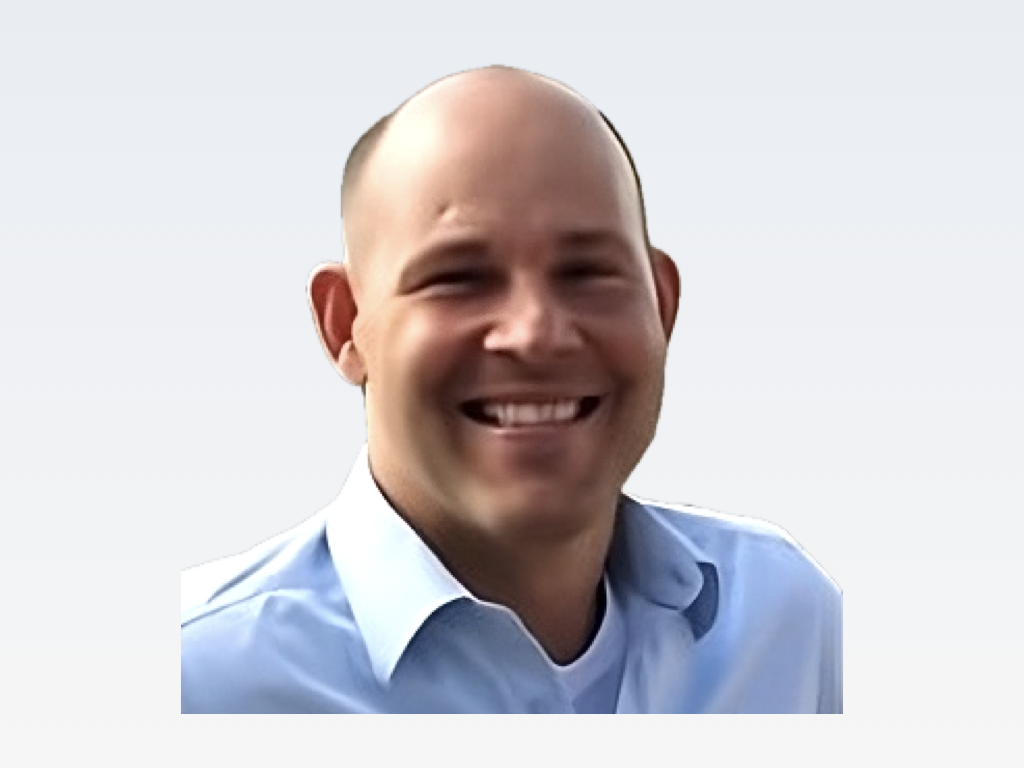
Prof. Bradley Siwick, Ph.D.
Dr. Bradley Siwick is a leading figure in Ultrafast Electron Diffraction (UED) and a Tier 1 Canada Research Chair in Ultrafast Science at McGill University. He previously held a Tier 2 Chair from 2006 to 2016 and was awarded the prestigious NSERC National Doctoral Prize in 2005 for his pioneering doctoral work under Dr. Dwayne Miller — becoming one of the first researchers to shape the modern UED field. Dr. Siwick’s research has produced numerous high-impact publications and technology-focused contributions, with particular expertise in sub-100 femtosecond RF-compressed UED and Ultrafast Electron Diffuse Scattering (UEDS). He continues to drive innovation in ultrafast science both in Canada and internationally.
👉 Visit his academic research page to learn more.

Prof. German Sciaini, Ph.D.
Dr. German Sciaini is a Tier 2 Canada Research Chair in Ultrafast Science and a professor at the University of Waterloo. After completing his postdoctoral work under Dr. Dwayne Miller, he became a key contributor to early advancements in Ultrafast Electron Diffraction (UED). A recognized high-tech innovator, Prof. Sciaini received Ontario’s Early Researcher Award in 2017 and the Vice President Research and International’s Award for Commercialization through Innovative Research in 2021. His research focuses on advancing electron-based source technologies, with a particular emphasis on developing stable, high-voltage electron accelerators — a core innovation for the next generation of UED instrumentation.
👉 Visit his faculty profile to learn more.
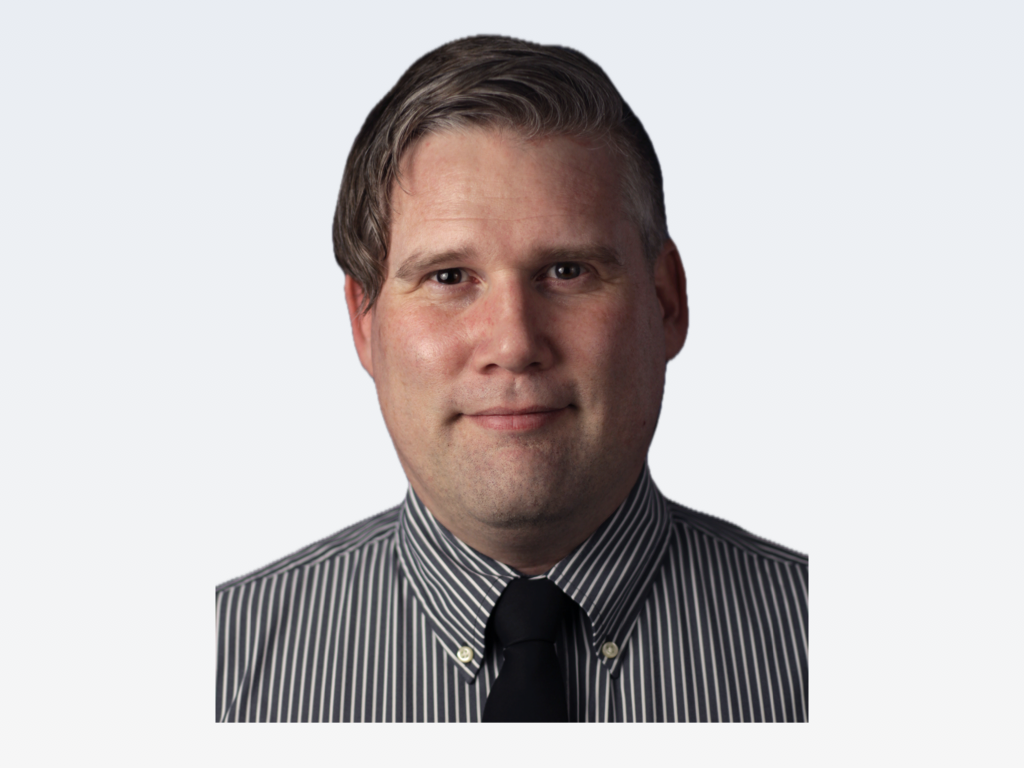
CEO Robert Chatelain, Ph.D.
Dr. Robert Chatelain is the CEO of e-Ray Scientific Inc. and an expert in Ultrafast Electron Diffraction (UED) system development. He earned his Ph.D. from McGill University in 2014 under the supervision of Prof. Bradley Siwick, where he helped design, build, and commission McGill’s first UED instrument — a system that led to high-impact publications in Science and Physical Review Letters. His 2014 study on graphite generated data of such exceptional quality that it enabled future students to extract additional insights from the thermal diffuse scattering background, helping to establish a new methodology now known as Ultrafast Electron Diffuse Scattering (UEDS). As CEO, Dr. Chatelain brings a hands-on approach to innovation, combining technical leadership with a deep commitment to customer success and the advancement of ultrafast science.
The Science Behind Ultrafast Electron Diffraction
How UED Captures Atomic Motions in Real Time
Ultrafast Electron Diffraction (UED) has undergone a major technological transformation since the early 2000s, evolving from a niche academic technique into a practical tool for time-resolved structural dynamics. UED operates using a pump–probe, stroboscopic principle: a femtosecond laser pulse excites a sample to initiate a structural or chemical change, establishing “time-zero.” Ultrashort electron pulses then scatter from the evolving atomic structure, capturing snapshots of motion with sub-100 femtosecond resolution. This approach allows researchers to resolve fundamental ultrafast processes such as lattice heating, phase transitions, electron–phonon and phonon–phonon coupling, charge density wave dynamics, and molecular rearrangements — all with atomic-level precision.
Compared to ultrafast X-ray methods, 100 keV electrons offer several key advantages. Their shorter de Broglie wavelength provides superior spatial resolution and their flatter Ewald sphere simplifies data collection. Additionally, electrons have a higher elastic scattering cross-section, delivering stronger signals with less sample damage. Most significantly, UED systems can be implemented at a fraction of the cost — often three orders of magnitude lower — than X-ray free-electron laser (XFEL) facilities like SLAC’s LCLS. While XFELs remain indispensable for certain experiments, a dedicated UED instrument enables round-the-clock access to femtosecond structural information — representing a transformative leap for many research labs.

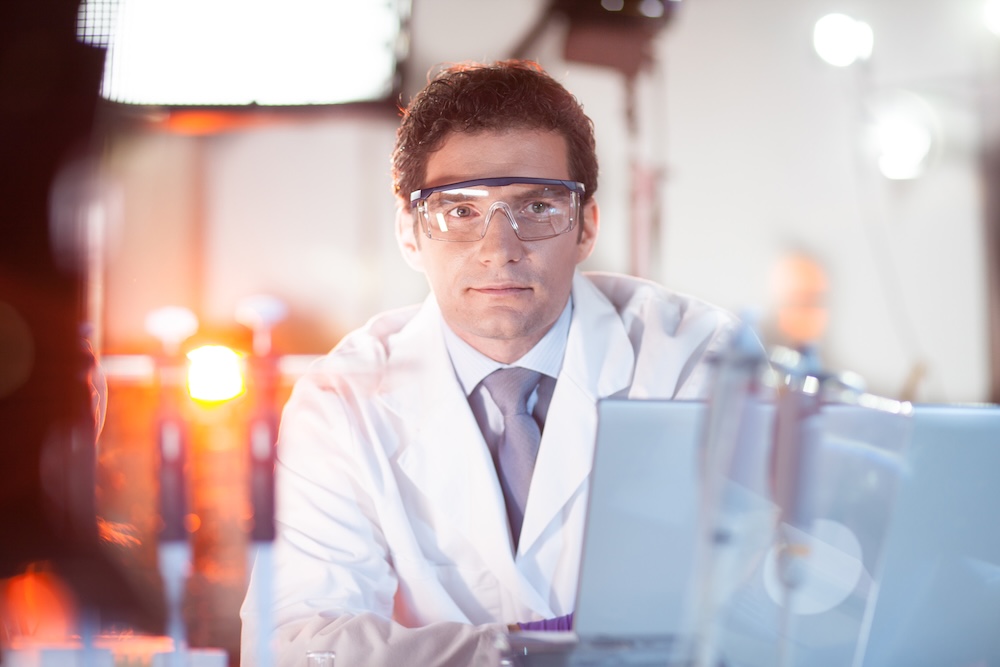
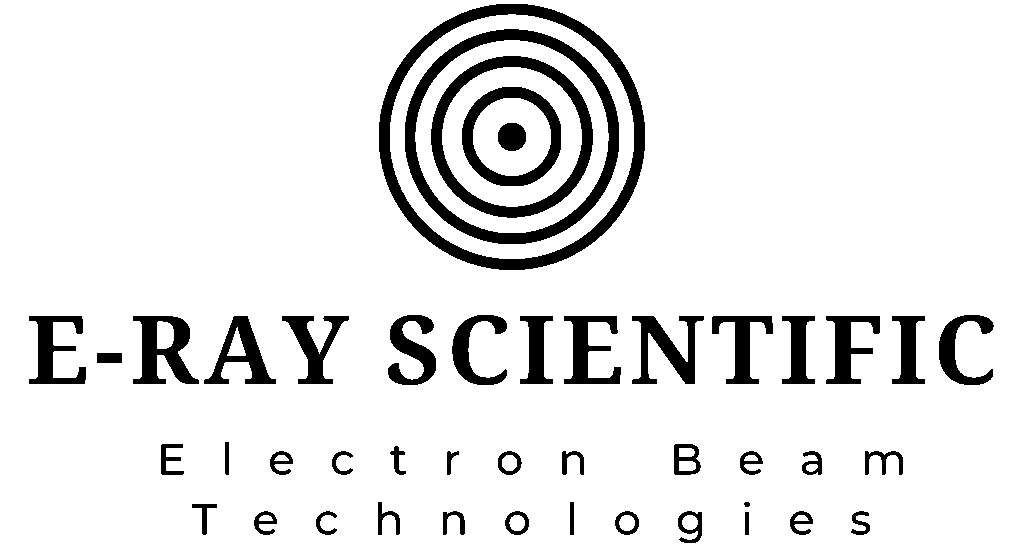
![Raw UED diffraction pattern of graphite thin film along [001] zone axis showing sixfold symmetry of graphene planes](https://erayscientific.com/wp-content/uploads/2025/07/data1.png)
